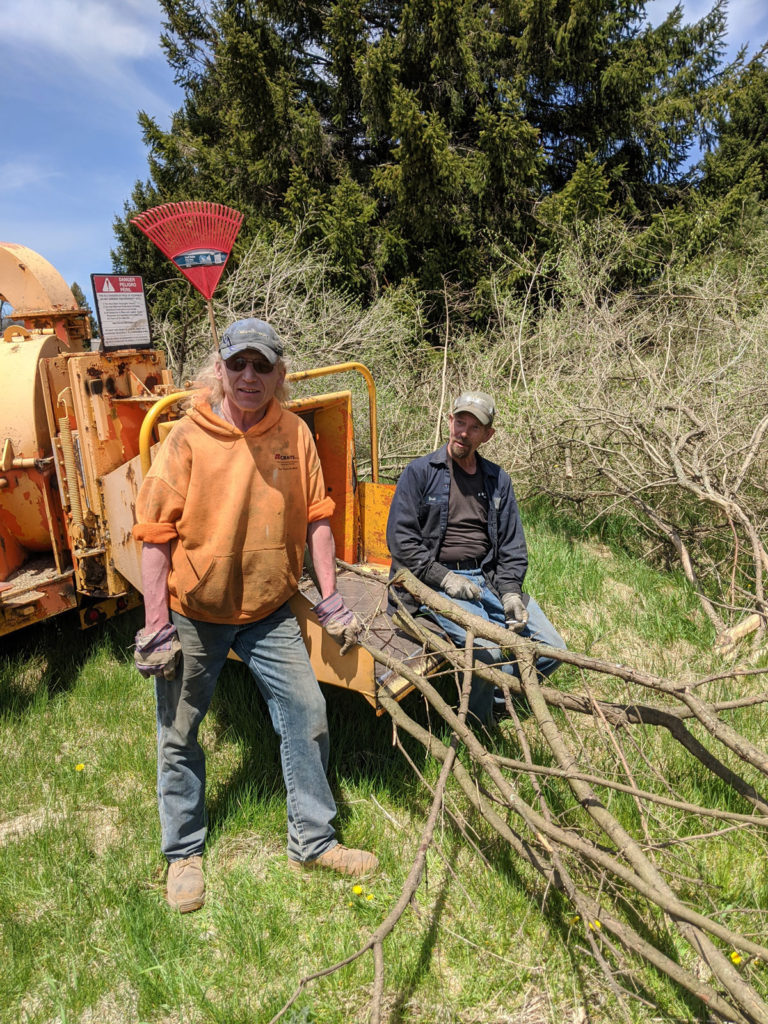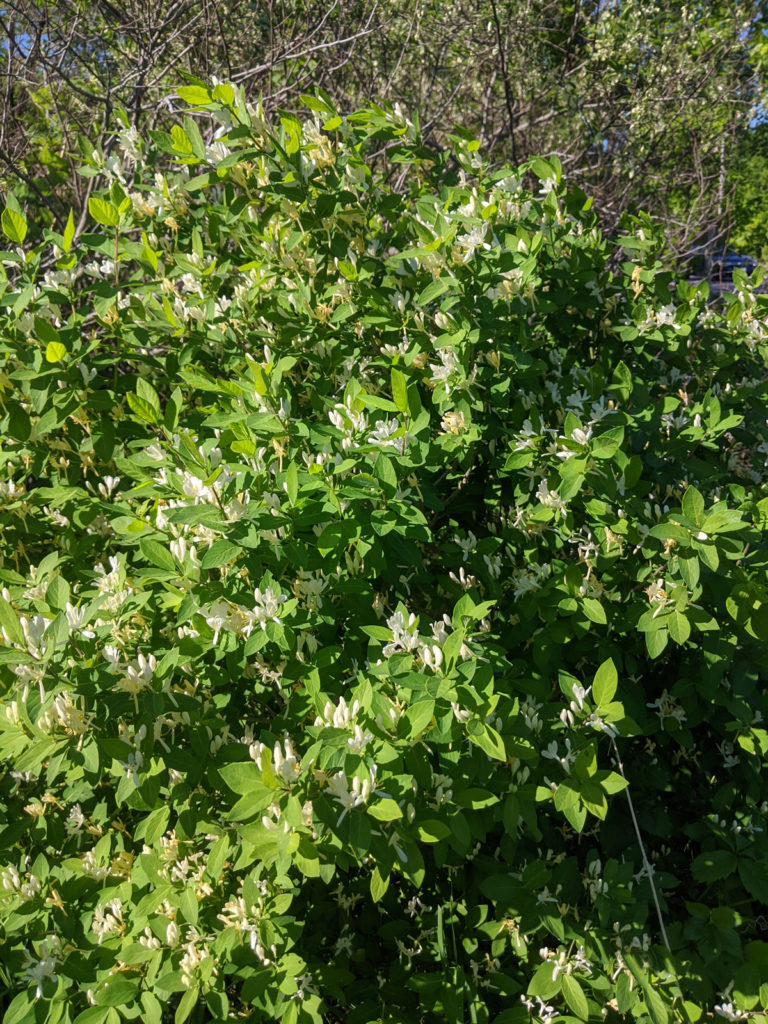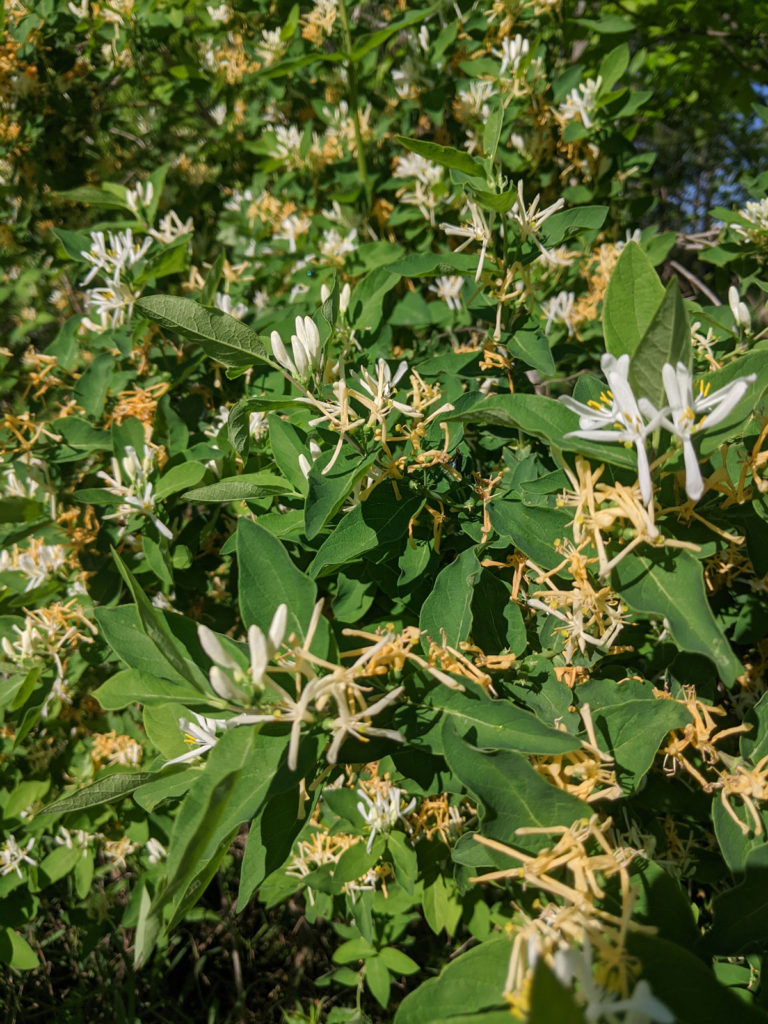The golf course grounds came with limited invasive species due to constant maintenance of the fairways. There were however many patches of Japanese Honeysuckle, an area of Japanese Knotweed, and a patch of Phragmites to remediate. Manitowoc Partners applied herbicide to the Phragmites last fall. Subsequent monitoring has shown little evidence of re-growth.
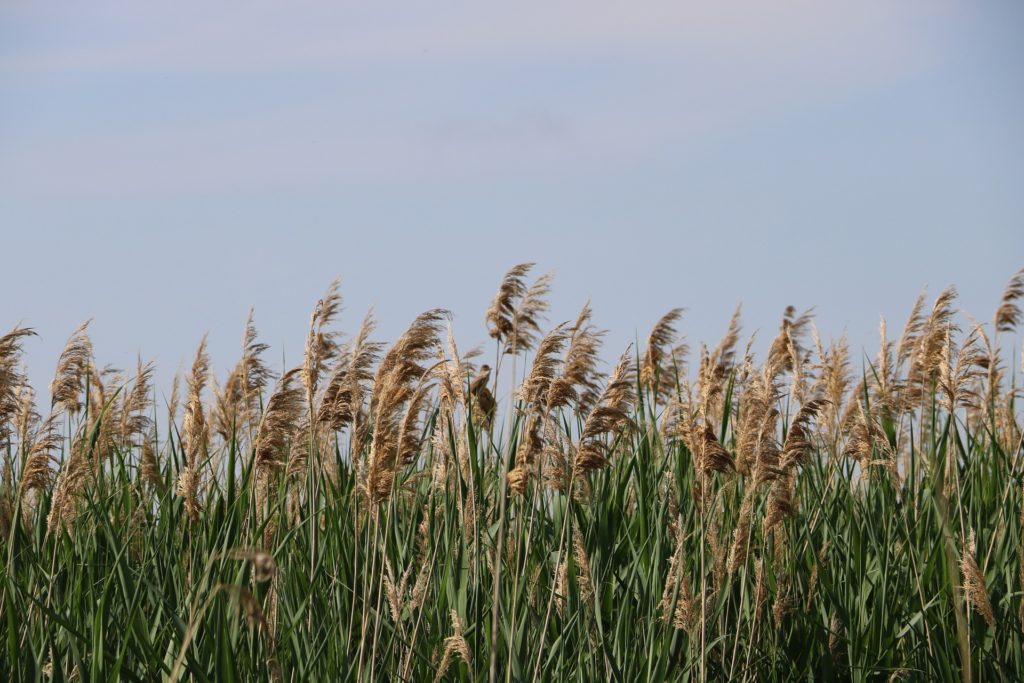
Donald Schweiger of VDBA has been mowing the Knotweed to weaken the rhizomes throughout the growing season, which will make the plants more susceptible to an herbicide application in fall. Knotweed is very difficult to eradicate, but we are on track.
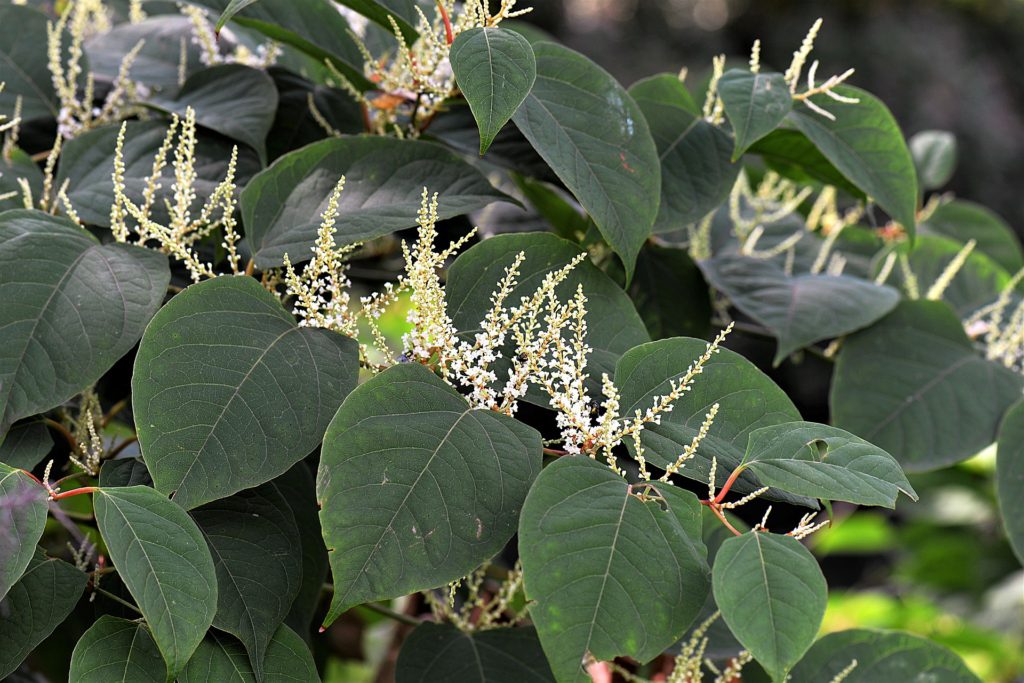
If you have Phragmites or Japanese Knotweed on your property, please email Melissa.Curran@stantec.com, as the goal of Manitowoc Partners is County-wide control of these rapidly invasive plants.
VDBA staff worked long hours last fall and this spring cutting the large stands of honeysuckle, and treating the stumps to prevent re-growth. The large piles of resultant dead wood were chipped over many days by Kulpa’s Tree Service, giving the Arboretum a good stock of mulch for future planting beds. Small honeysuckle plants still are found in large areas of the grounds, and will be pulled throughout the year.
